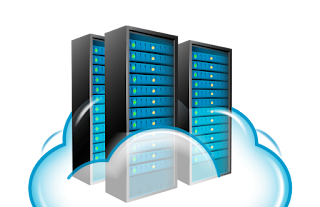16 - What’s the main difference between an interactive ESXi installation and a scripted installation?
Ans - The interactive install will require you to follow along and fill in the configuration information whereas, in a scripted install, the configuration information will be queried from an unattended text file (boot.cfg). Note: ESXi uses a Kickstart installer similar to Linux.
17 - What is the first thing to check when having a problem installing ESXi?
Ans - Make sure the hardware clock is set to UTC and the NX/XD bit is enabled in the BIOS.
18 - Name 5 of the 10 bits of information required when installing ESXi?
Ans - Keyboard Layout, VLAN ID, IP Address, Subnet Mask, Gateway, Pri DNS, Sec DNS, Host Name, Installation Location, Root Password.
19 - What type of technology does VMware fault tolerance use?
Ans - VMware FT uses a technology called vLockstep.
20 - What is VMware vMotion and what are its requirements?
VMware VMotion enables the live migration of running virtual machines from one physical server to another with zero downtime.
VMotion lets you:
• Automatically optimize and allocate entire pools of resources for maximum hardware utilization and availability.
• Perform hardware maintenance without any scheduled downtime.
• Proactively migrate virtual machines away from failing or under-performing servers.
Below are the pre-requisites for configuring vMotion :
• Each host must be correctly licensed for vMotion
• Each host must meet shared storage requirements
• vMotion migrates the VM from one host to another which is only possible with both the host are sharing a common storage or to any storage accessible by both the source and target hosts.
• A shared storage can be on a Fibre Channel storage area network (SAN), or can be implemented using iSCSI SAN and NAS.
• If you use vMotion to migrate virtual machines with raw device mapping (RDM) files, make sure to maintain consistent LUN IDs for RDMs across all participating hosts.
• Each host must meet the networking requirements
• Configure a VMkernel port on each host.
• Dedicate at least one GigE adapter for vMotion.
• Use at least one 10 GigE adapter if you migrate workloads that have many memory operations.
• Use jumbo frames for best vMotion performance.
• Ensure that jumbo frames are enabled on all network devices that are on the vMotion path including physical NICs, physical switches and virtual switches.
Part 1 - Part 2 - Part 3

Comments
Post a Comment